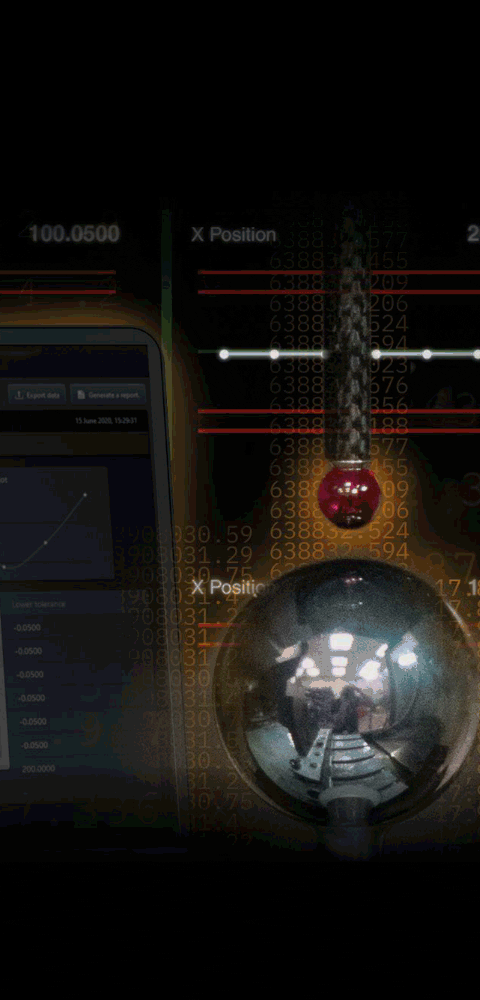






Frame Grabbers Economically Control Multi-Camera Solutions
July 1, 2019
The Camera Link (CL) specification has been a staple of the machine vision industry for several decades due to its ability to efficiently get large amounts of camera data into a computer, and also due to its plug & play capability. BitFlow offers frame grabber models that customers can use to control up to four CL Base or two CL 80-bit cameras from one PCIe slot on the motherboard for a cost-effective solution for multi-camera inspection systems.
BitFlow solutions include:
- Neon-CLD: The Neon-CLD is a Power over Camera Link (PoCL) frame grabber that supports two CL cameras on a low-cost x4 PCIe platform.
- Neon-CLQ: The Neon-CLQ supports four base cameras plus I/O in a single PCIe slot.
- Axion-CL: The Axion-CL is a dual 80-bit version (Axion 2xE) that permits an individual trigger signal from each of two connected CL cameras with a strobe output signal generated for each trigger, or a single trigger to control acquisition from two CL cameras simultaneously. Interfacing with a PCIe Gen 2 x4 platform, the Axion-CL frame grabber will fit into not only x16 and x8 slots, but also x4 and x1 slots that use x16 connectors. The Axion-CL family (Axion 1xE and 2xE) captures images at rates up to 85 MHz with support for two base, medium and full 80-bit (10-tap) CL cameras at a combined sustained bandwidth up to 1.7 GB/S. In dual camera mode, the Axion 2xE board appears in application software to be two completely independent frame grabbers, simplifying camera set-up. For additional versatility, a wide variety of I/O signals can be routed from internal and external destinations, along with separate hardware I/O signals that can be connected to/from external sources. Each of the cameras can be run synchronized or independently.
Users can simplify the development of custom on-board image processing using the BitFlow SDK. Drivers are also available for interfacing with Cognex VisionPro, MathWorks Matlab, MVTec Halcon, National Instruments LabView and Norpix StreamPix.
For more information contact:
BitFlow, Inc.
400 West Cummings Park, Suite 5050
Woburn, MA 01801
781-932-2900
www.bitflow.com
< back